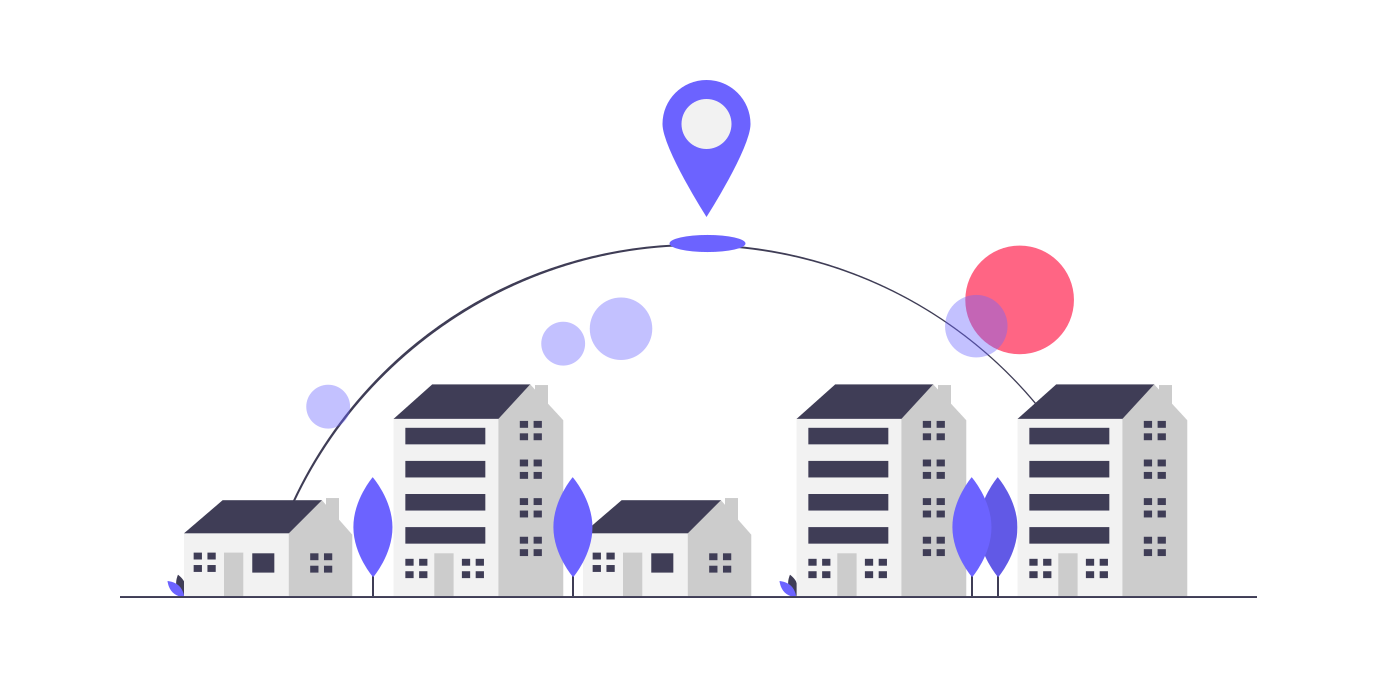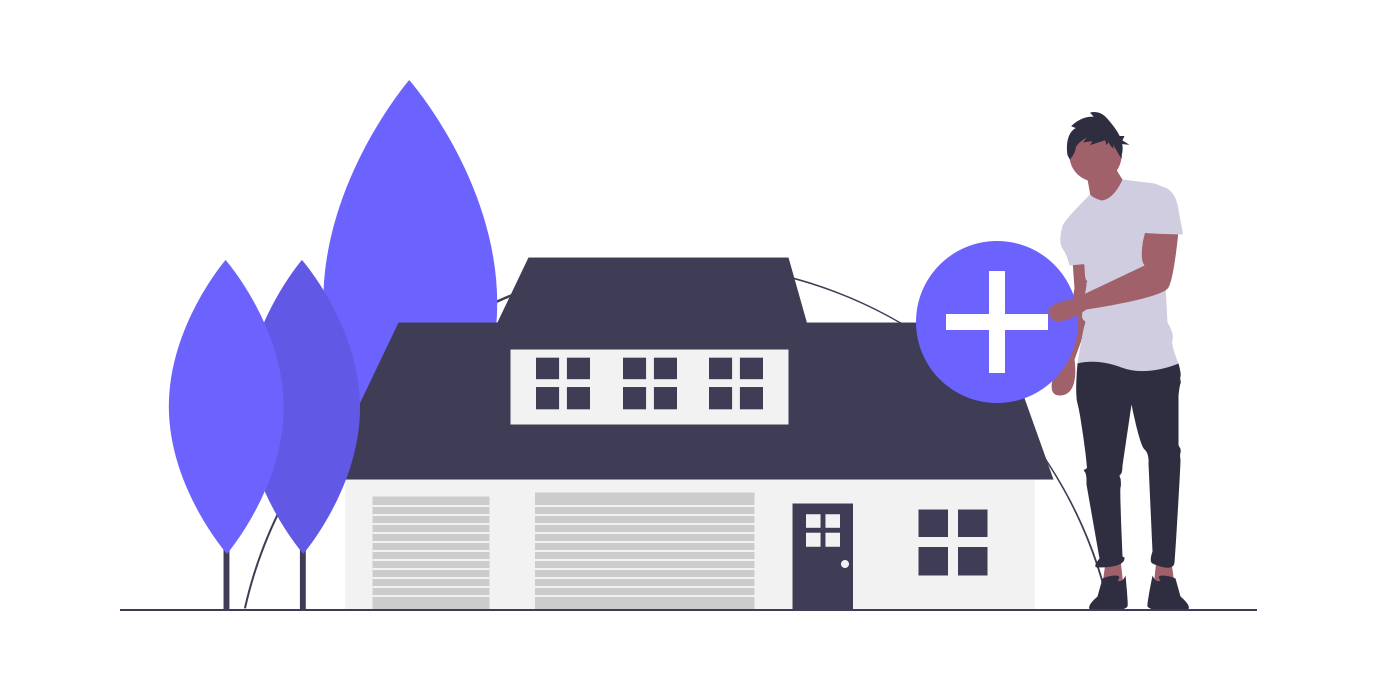When it comes to housing affordability it's no surprise that Millennials tend to be left with the short-end of the stick but that doesn't always have to be the case. In this article, we describe one strategy, the property step-ladder, which may aid a younger generation with owning their desired piece of real estate.
What is the property step-ladder strategy?
It's the idea that owning a more affordable property (step-property) now will help you with purchasing a more expensive home (goal-property) down the line. For example, if your ultimate goal for a home is to own a two-bedroom condo in downtown Toronto, which averages about $800,000, but you currently don't qualify for a mortgage on that amount - then purchasing a one bedroom now, averaging $550,000, might help you achieve that goal of owning the two-bedroom home down the line.

Things to consider
Salary & Career Growth
A major component to the success of the property step-ladder strategy is the potentially expected growth in your career and net income, since you qualify for a higher mortgage when you make more money. Work your way up within your company or leverage your experience to gain better positions in other companies and, within a few years, promotions and increases in salaries can be expected in the 5-year horizon.
Savings & Investments
As your salary grows so will your disposable income and now that you have a goal of owning a home in mind more of that disposal income will hopefully make its way to a savings or investment account then ultimately towards the down payment for your goal-property . For meaningful results you'll also have to make sure that your investments or savings are at the very least growing at a faster rate than the rate of inflation. Their is a number of robo-advisor finance tools that can help you grow your investments at a marginal cost, a Canadian company by the name of WealthSimple is a worthy mention for millennial friendly investing.
Credit Score & Rating
Maintaining a good to excellent credit score (690+) and a "clean" credit report is critical to obtaining a larger mortgage amount at a more desirable interest rate. There’s a myth that owing high debt means you don’t have good credit, when the reality is, it only deteriorates when you’re irresponsible with your payments towards that debt. If you start out with poor or no credit, you’d be surprised by how quickly it can build when you maintain timely payments.
Property Appreciation
Another critical factor to consider in this strategy is to make sure that both the step-property and goal property have a strong correlation in price appreciation. So when looking to purchase your step-property make sure its within as close proximity as possible to where you would like your dream home to be, being within the same neighbourhood or city is ideal. You should also try to purchase the same type/style of property as that would also warrant a higher price correlation - although that might be harder to accomplish.
Marital Status
Since this plan is one that spans over a few years at minimum it's also important to consider your martial status now and a few years ahead. A partner with the same goal in mind can help achieve the goal in a shorter span of time since both your income levels and savings will be considered when qualifying for a mortgage. Although, this isn't something someone can necessarily plan for, it is worth considering.
Current Cost of Housing
This strategy also works best if your current cost of housing is considerably high and comparable to the mortgage costs of your desired step-property. For a better understanding and comparison please read our article Renting vs Buying a Home.

A Real World Example*
To follow the example mentioned above, say your goal-property is a two bedroom condo in the King West neighbourhood of Toronto currently selling for $800,000.
Current Scenario
You currently have $80,000 in savings for a down payment, have an annual salary of $85,000, and your mortgage lender just shared the news that you only qualify for a mortgage loan amount of $450,000, meaning a $530,000 purchase price ($450,000 mortgage + $80,000 down payment).
You realize that you can't afford that two bedroom you hoped for but are able to secure a more humble one-bedroom condominium in the same neighbourhood priced at $500,000. You put the $80,000 in savings as the down payment and mortgage the $420,000 balance from the bank.
5-Year Time Line
Over the five years you've paid down your initial mortgage amount by roughly $14,000 (new mortgage balance of $365,000) and your property has appreciated by roughly 15% (~3% per year) and is now priced at $575,000. You've also experienced some career growth over the years and currently have $100,000 in savings and an annual salary of $115,000. Now your objective is to sell your current property and purchase the two bedroom that you've always wanted - which is now priced at roughly $920,000 (also appreciated 15%).
With profits from your sale you now have a total downpayment of $305,000 ($205,000 from profits + $100,000 from savings). You share these numbers with your lender and they confirm that you now qualify for a loan amount of $630,000 and are able to purchase a home priced at $935,000 or less. With the mortgage pre-approval on hand, you are now ready to begin the search for the dream home which now can become a reality.
*For simplicity the above example does not take in to consideration a number of factors such as mortgage interest rates, first-time home buyers incentives, land transfer taxes, credit score changes, etc. which would also effect loan amounts and costs. For more accurate assumptions and estimates we highly recommend talking to a mortgage broker, real estate lawyer, accountant, and a member of the Dwelly team to accurately assess your needs and goals. For more information on the whole home buying process, please read Dwelly's Home Buying Guide.


